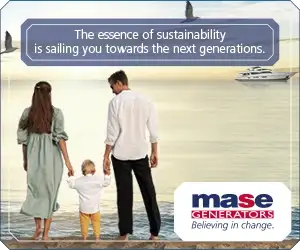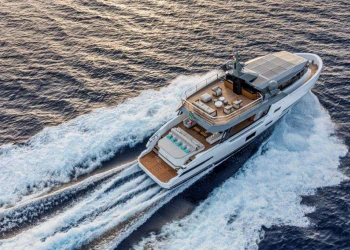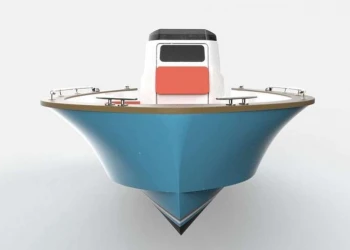Aeolus and the Oceanco NXT projects: with an eye to the future
Oceanco recently completed the construction of Koru, the steel-hulled schooner that, with her 127 meters, is the largest sailing yacht ever built and, to date, the flagship, in terms of length, of the Oceanco fleet. The Dutch shipyard continues to break all records in terms of length and tonnage. In fact, the units delivered over the past 10 years have an average length of just under 100 meters and a gross tonnage of nearly 3,300 tons.
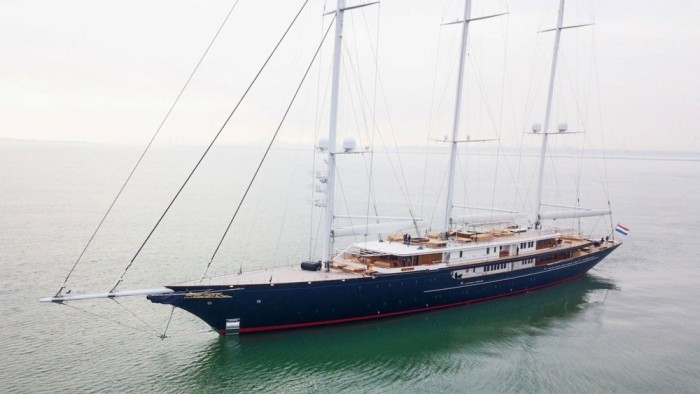
The company's philosophy, traditionally driven by the most innovative design and technology, today is constantly focused on the pursuit of the widest attainable sustainability on yachts of this type. An ambitious vision that Oceanco pursues through the NXT concept, an approach in which planning, design, engineering and construction work together to achieve the best environmental impact of yachts currently under construction and for future projects.
At the heart of NXT is a unique and diverse group of experts and companies, from design firms to power equipment manufacturers, working together to create a new perspective in the yachting world.
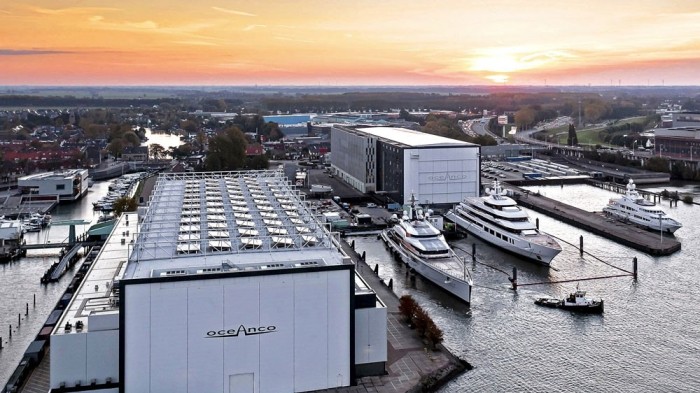
What is striking about this Dutch shipyard is that the vision of the future is combined with solid pragmatism.
The company has clearly in mind that the road for the sustainability must take into account the energetic transition of the vessels propulsions, but also the general carbon footprint of every construction, the need for a circular process involving the use of new materials to reach the zero waste target and the conversion of production plants towards a lower energy dependence on fossil fuels.
Today, the design of a superyacht must consider the entire life cycle since its construction. This perspective recognizes that a yacht will be different from what it will be in the future. Consistently, therefore, the new Oceanco NXT projects is conceived with an adaptable technical architecture, capable of supporting lay out and configuration variations, to integrate the future new technologies for both propulsion and on-board systems.
We talked about this and more with Paris Baloumis, marketing director of the Oceanco Group.
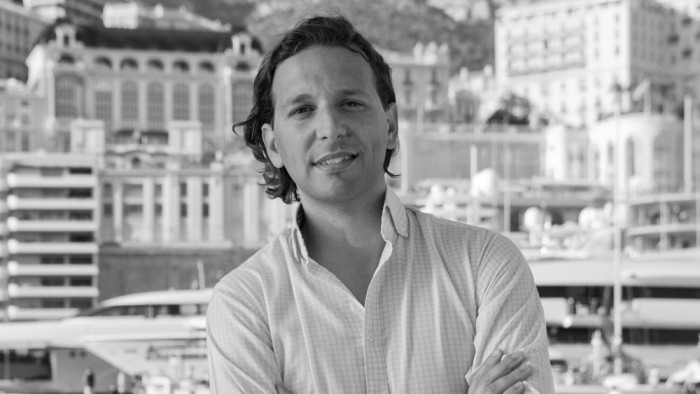
Q. NXT's vision is focused on transitioning energy sources and phasing out reliance on fossil fuels and using new sustainable or renewable materials for construction. As for the latter, do you have data on the reduction of the carbon footprint of the construction?
With the recent launch of Oceanco’s revolutionary rebuild, Project H showcases many sustainable benefits of which her carbon savings (for the aluminum, steel, and their transportation) equals 2.016,20 tons roughly. This is around 56% of the overall carbon footprint (of steel + aluminum + their transportation) for 1050H. To keep it safe and simple, we can use 50% as the carbon savings (meaning that we emitted 50% less carbon footprint than if we would do for a new build).
This would mean 10 hectares of forest or 4.032 trees every year, for 20 years (if we assume that the yacht has a service life of 20 years).
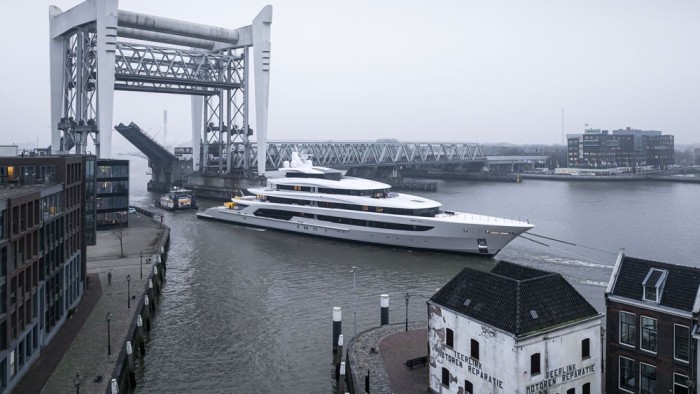
Q. Are you implementing solutions for the reduction of the overall energy consumption on such as air conditioning or other hotel mode needs?
Energy efficiency is not only about reducing consumption, it is also minimizing waste. We first used heat recovery systems on Black Pearl, and we have since employed them on most of our new build projects. By treating the yacht’s various systems like those within a single, living organism, we can transfer excess heat from one system to another elsewhere on the yacht that needs to heat something up.
To improve efficiency and sustainability on yachts, we typically incorporate heat recapture systems to redirect the heat energy given off by gensets to warm the water of the swimming pools onboard. We also install peak shaving energy storage systems to optimize the utilization of gensets and reduce both energy consumption and maintenance requirements. Our HVAC systems have become smarter and can sense the presence of guests in cabins to adjust the temperature accordingly and thereby reduce the hotel load. And insulated glass helps us to reduce the heat and radiation penetrating from the external environment to reduce the power required by HVAC systems to maintain cooled interiors on hot summer days.
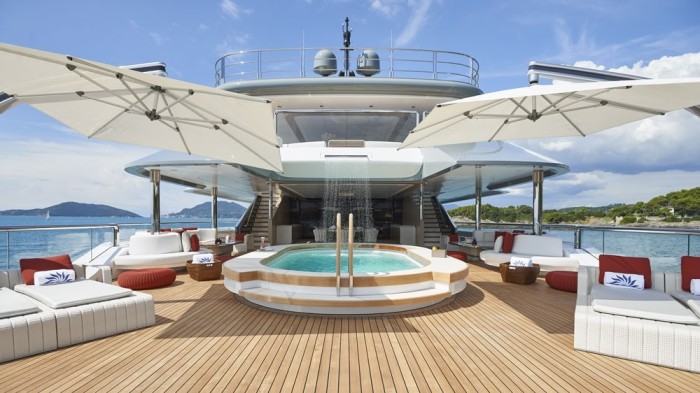
We can also focus on improving waste management and treatment onboard, especially in relation to waste water. Not only are emissions regulations for vessels becoming more stringent to protect fragile oceanic ecosystems, but at Oceanco we believe we have a responsibility to protect the planet for future generations in whatever ways we can.
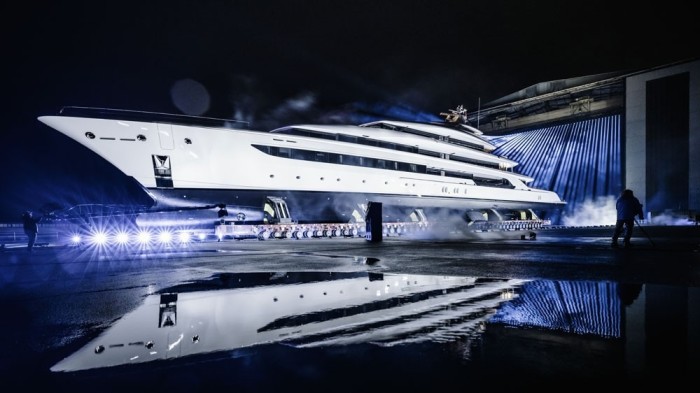
Q. Would you share with us details regarding the progress of the project to reduce energy reliance on fossil fuels within your facilities? Do you have updates and new data?
Beyond pushing boundaries in green technologies and efficiency on our construction and Life Cycle Support projects, we hold our own operations to the highest standards when it comes to sustainability. Oceanco has pledged to more than halve our impact on the environment compared to the benchmark by 2030, aiming for 100% of our electricity usage to be supplied by renewable energy sources. These ambitions are already on track to being realized. The major investment in our Alblasserdam premises focused on installing renewable energy systems to reduce power dependence on fossil fuels. Our new ground source heat pump system – which reaches 200m below the surface – cuts gas consumption in half, while our rooftop solar panels generate 200,000kWh per year.
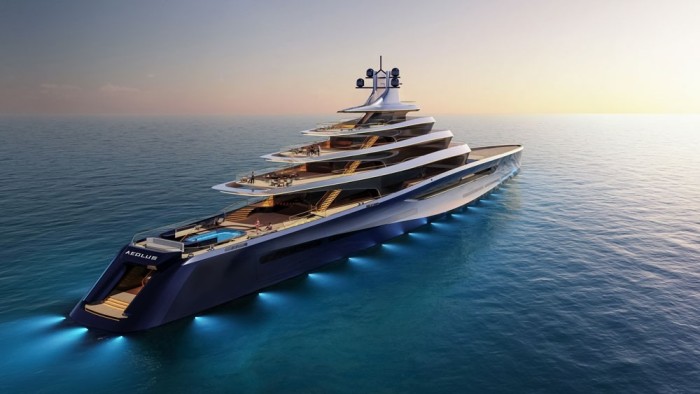
Q. You recently presented the Aeolus concept: what is the main technical innovation that NXT has introduced that looks at the protection of the environment and at the future of large yachts?
Aeolus comes under the design philosophy of the NXT concept, a new project of a yacht with a length of 130 meter and 6200 GRT that Oceanco has unveiled at the Dubai International Boat Show.
The Aeolus project takes its name from the deity that in the Greek pantheon ruled the winds and the shapes that the winds imprint on the rocks has inspired the unmistakable aesthetics of this superyacht. The exterior bears the signature of Giles Taylor and is renowned for his pioneering work at Rolls Royce, while the interiors are curated by Njord by Bergman Design House who have designed her forward-thinking, sustainably minded interior.
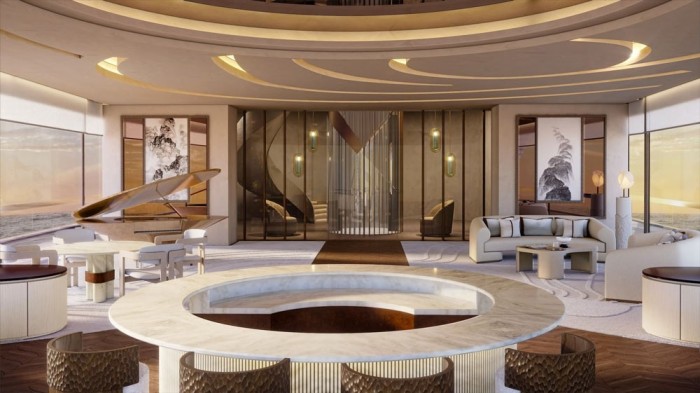
The Aeolus project shows the characteristics of the ETP developed as part of the NXT operation, namely the Energy Transition Platform of Oceanco in collaboration with Lateral Naval Architect, ABB and MTU. The ETP is an adaptable architecture that allows the vessel to accommodate and integrate technologies that mature during the phase of energy transition. Playing in advance on what in the next years will be the evolution of the technology and the materials, this platform aims to diminish the degree of obsolescence of a superyacht and to facilitate its upgrades, as the technologies in commerce improve.
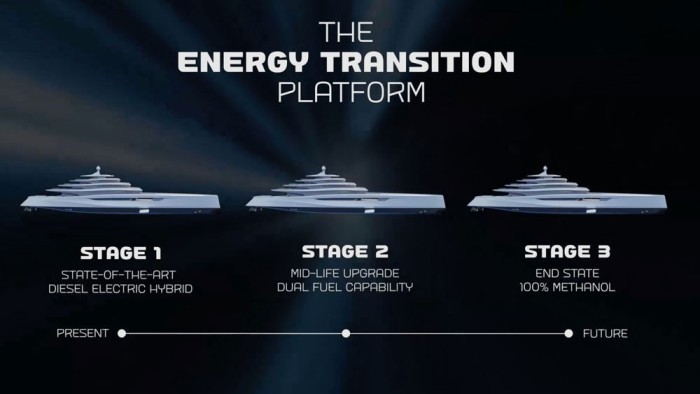
The ETP, for example, allows the Aeolus project for an engine room with 3 possible development phases: the starting phase with a state-of-the-art propulsion configuration, namely the well-tested and optimized electric diesel system, supported by batteries for peak/trough shaving and fuel optimization, pre-set to integrate fuel cells. The intermediate phase, called MID-LIFE Upgrade, involves the addition inline of fuel cells and hybrid diesel and methanol operation. The final phase, END STATE, completely eliminates diesel, and the yacht fully operates with a bio fuel such as methanol.
This pragmatic approach to new projects sums up Oceanco’s belief quite well: a greater sustainability achieved gradually through tested solutions and platforms prepared today to accommodate with relative ease the systems of tomorrow. Obvious advantages for customers that - thanks to the adaptable architecture of these yachts – are enabled to invest in a product already designed to be updated and re-qualified.
Cristina Bernardini
©PressMare - All rights reserved


